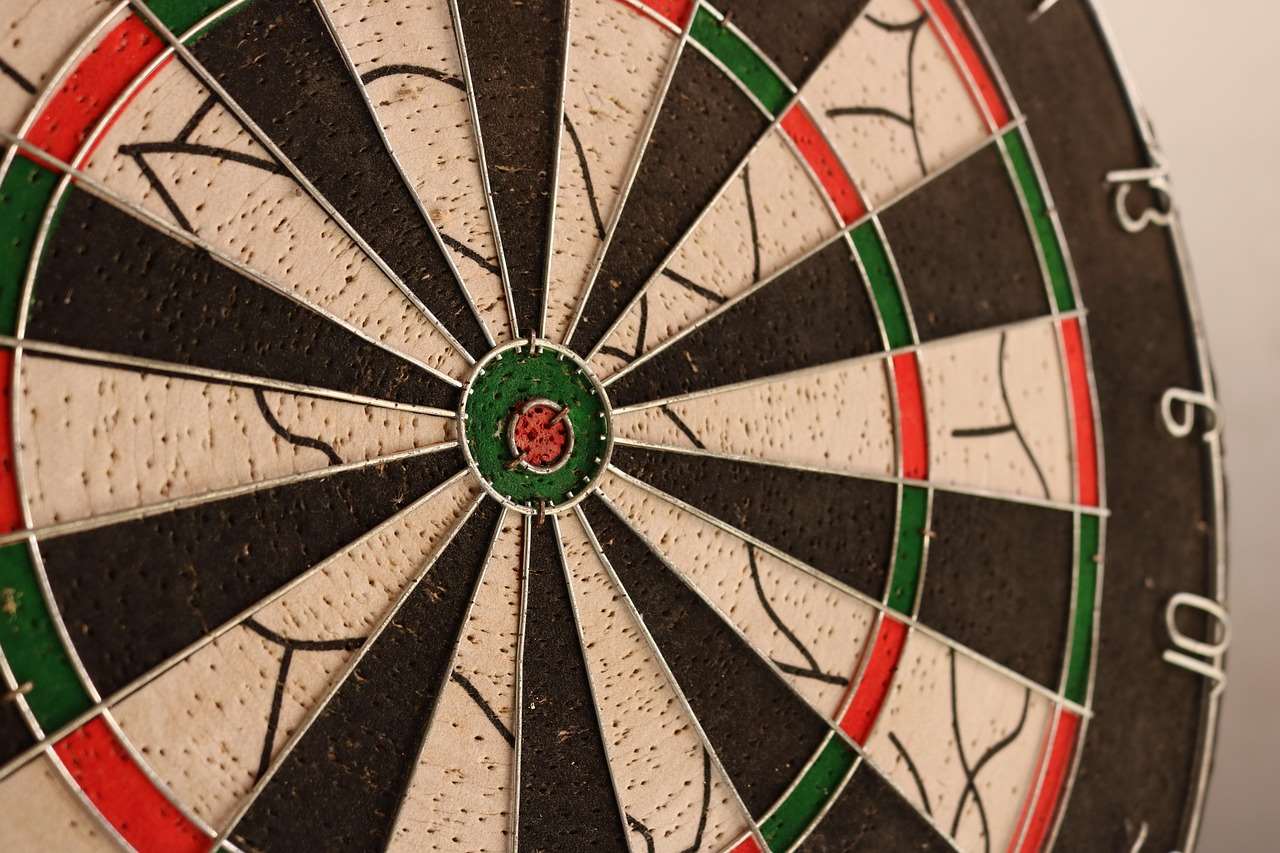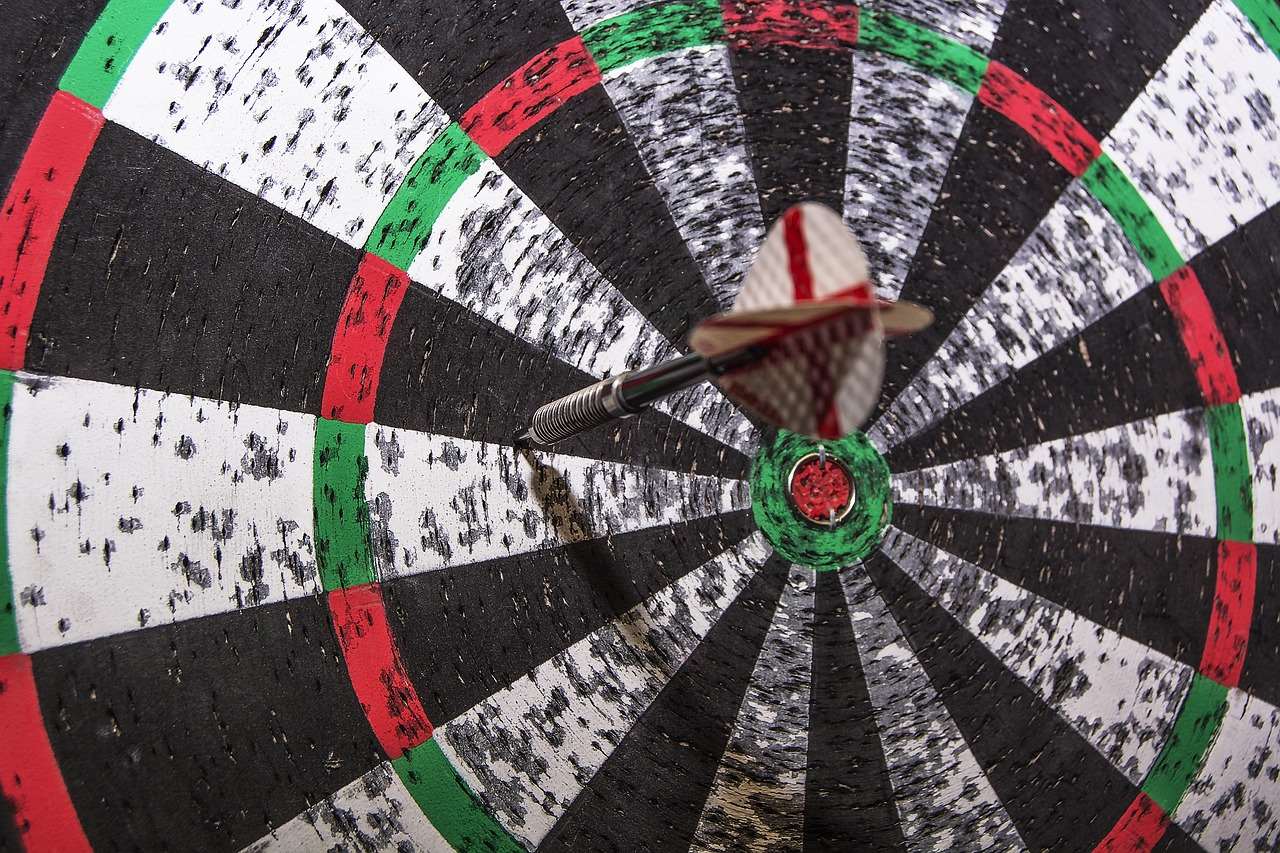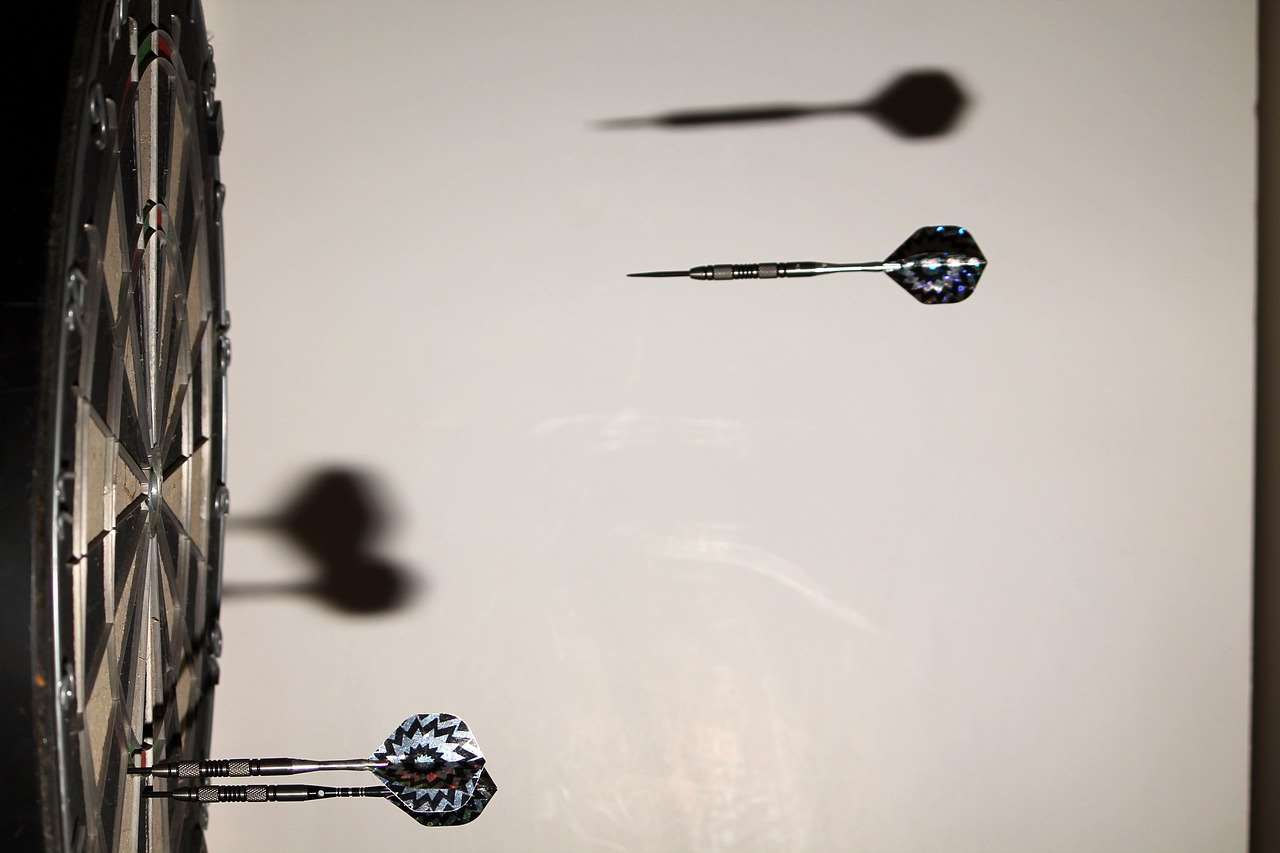The Grand Slam of Darts, a prestigious tournament in the world of professional darts, boasts a unique format that has evolved since its inception; understanding the History Grand Slam darts rules provides crucial insight into the competition’s dynamic nature and the challenges it presents to players. This article will delve into the history of the tournament’s rules, highlighting key changes and their impact on the event and the sport.
⚠️ Still Using Pen & Paper (or a Chalkboard)?! ⚠️
Step into the future! The Dart Counter App handles all the scoring, suggests checkouts, and tracks your stats automatically. It's easier than you think!
Try the Smart Dart Counter App FREE!Ready for an upgrade? Click above!
Understanding the Evolution of Grand Slam Darts Rules
The Grand Slam of Darts, first held in 2007, brought together players from both the Professional Darts Corporation (PDC) and the British Darts Organisation (BDO), though BDO representation has diminished over time. The tournament’s rules have undergone several modifications to enhance fairness, excitement, and competitiveness. One of the key aspects is the qualification criteria, which determines which players are invited to participate. This initially involved representatives from both organizations, but now primarily features PDC players based on their performance in various tournaments throughout the year. These adaptations are interesting when comparing them to Basic Darts Fundamentals for Beginners.

Another crucial element is the tournament format itself. The Grand Slam traditionally begins with a group stage, where players are divided into groups of four and compete in a round-robin format. The top two players from each group advance to the knockout stage, which culminates in the final. The number of legs required to win a match has varied throughout the tournament’s history, influencing the pace and strategic considerations for players.
Key Rule Changes Over the Years
- Qualification Criteria: The initial focus on BDO representation shifted towards prioritizing PDC Order of Merit and Pro Tour Order of Merit rankings.
- Group Stage Format: Minor adjustments have been made to the number of legs required to win group stage matches, often aimed at increasing competitiveness.
- Knockout Stage Format: The number of legs required to win matches in the knockout stage has been adjusted, creating varied levels of endurance and strategic demands on the players.
- Tie-Breaking Procedures: Clearer tie-breaking procedures have been implemented to address situations where players have identical records in the group stage.
Detailed Breakdown of the Current Grand Slam Darts Rules
To fully appreciate the History Grand Slam darts rules, a closer look at the current regulations is essential. The tournament typically features 32 players, primarily drawn from the PDC Order of Merit, Pro Tour Order of Merit, and other qualifying events. The group stage matches are relatively short, usually best of 9 legs, while knockout matches increase in length as the tournament progresses, testing the players’ stamina and mental fortitude. This contrasts with some situations where one might consider Adapting darts rules for beginners.
The current structure is intended to reward consistent performance throughout the year, ensuring that the most deserving players have the opportunity to compete for the prestigious title. The tournament also features a prize fund that incentivizes high-level performance, further contributing to the intensity and excitement of the competition.

Specific Regulations in Place Today
- Player Eligibility: Players must meet specific criteria based on their performance in PDC-sanctioned events.
- Group Stage Scoring: Players receive points for wins in their group matches, with tie-breaking procedures in place for identical records.
- Knockout Draw: The draw for the knockout stage is typically seeded, ensuring that higher-ranked players are separated in the early rounds.
- Match Format: The number of legs required to win increases as the tournament progresses, culminating in a longer final match.
- Code of Conduct: Strict rules govern player conduct, both on and off the stage, ensuring a professional and respectful environment.
The Impact of Rule Changes on the Grand Slam of Darts
The various modifications to the History Grand Slam darts rules have had a significant impact on the tournament’s dynamics and the overall experience for both players and fans. Changes to qualification criteria have influenced the composition of the field, leading to greater representation of PDC players and increased competition among the top-ranked individuals. Adjustments to the match format have affected the pace of play and the strategic approaches adopted by players. For instance, shorter group stage matches may encourage a more aggressive approach, while longer knockout matches demand greater endurance and tactical flexibility. This is different from the strategic thinking needed when Simplified 501 game rules for novice players are involved.

Furthermore, the implementation of clearer tie-breaking procedures has minimized ambiguity and ensured fairer outcomes in the group stage. These adjustments contribute to the overall integrity and credibility of the tournament, enhancing its reputation as one of the premier events in the world of professional darts.
Analyzing Specific Examples of Rule Change Impact
- Increased PDC Representation: The shift in qualification criteria has led to a more competitive field dominated by PDC players.
- Strategic Adaptations: Players have had to adjust their strategies based on the changing match formats, favoring different approaches in group and knockout stages.
- Fairer Outcomes: Clearer tie-breaking procedures have reduced controversy and ensured fairer results in the group stage.
Comparing Grand Slam Darts Rules to Other Major Tournaments
Understanding the History Grand Slam darts rules also involves comparing them to those of other major darts tournaments, such as the PDC World Darts Championship and the World Matchplay. While all these tournaments share the fundamental principles of darts, they differ in their specific regulations regarding qualification, format, and scoring. The World Darts Championship, for example, features a much larger field of players and a longer match format, emphasizing endurance and mental toughness. In contrast, the World Matchplay utilizes a unique “leg-start” format, where players must win legs consecutively to gain an advantage. You might want to explore Alternative darts rules for home play as a comparison.

By comparing these different rule sets, we can gain a deeper appreciation for the unique challenges and opportunities presented by each tournament. The Grand Slam of Darts, with its blend of group stage and knockout matches, offers a distinct test of skill, adaptability, and consistency.
Contrasting Key Rule Differences
- Qualification: The Grand Slam draws players from specific PDC rankings and qualifying events, while the World Darts Championship has a broader qualification process.
- Format: The Grand Slam features a unique blend of group and knockout stages, while the World Matchplay uses a leg-start format.
- Match Length: The World Darts Championship typically has longer matches than the Grand Slam, particularly in the later rounds.
Tips for Understanding and Following Grand Slam Darts Rules
For darts enthusiasts and newcomers alike, understanding the History Grand Slam darts rules can enhance their enjoyment of the tournament. Here are some tips for staying informed and engaged:
- Consult Official Sources: Refer to the official PDC website for the most up-to-date rules and regulations.
- Follow Tournament Coverage: Watch tournament broadcasts and read articles from reputable darts news sources.
- Engage with the Darts Community: Participate in online forums and social media discussions to learn from other fans and experts.
- Review Tournament History: Familiarize yourself with past tournaments and rule changes to gain a deeper understanding of the event’s evolution.

By actively engaging with the rules and regulations, fans can develop a more nuanced understanding of the strategies and challenges faced by the players, making the Grand Slam of Darts an even more rewarding viewing experience. Players may need to consider Modifying rules for mixed-level dart players in practice sessions as well.
Conclusion
In conclusion, the History Grand Slam darts rules have evolved significantly since the tournament’s inception, shaped by a desire to enhance fairness, competitiveness, and excitement. From adjustments to qualification criteria to modifications in match format and tie-breaking procedures, these changes have had a profound impact on the tournament’s dynamics and the overall experience for players and fans. By understanding these rules and their evolution, enthusiasts can gain a deeper appreciation for the unique challenges and opportunities presented by the Grand Slam of Darts. Ready to dive deeper into the world of darts? Explore more articles on this site to expand your knowledge and enhance your enjoyment of this thrilling sport!
Hi, I’m Dieter, and I created Dartcounter (Dartcounterapp.com). My motivation wasn’t being a darts expert – quite the opposite! When I first started playing, I loved the game but found keeping accurate scores and tracking stats difficult and distracting.
I figured I couldn’t be the only one struggling with this. So, I decided to build a solution: an easy-to-use application that everyone, no matter their experience level, could use to manage scoring effortlessly.
My goal for Dartcounter was simple: let the app handle the numbers – the scoring, the averages, the stats, even checkout suggestions – so players could focus purely on their throw and enjoying the game. It began as a way to solve my own beginner’s problem, and I’m thrilled it has grown into a helpful tool for the wider darts community.